Vishal Verma of Redwood Collective speaks on Silicon Valley's startup and venture ecosystem
General partner Vishal Verma says fund strategy will remain sector and geography agnostic, focused on late-stage VC bets.
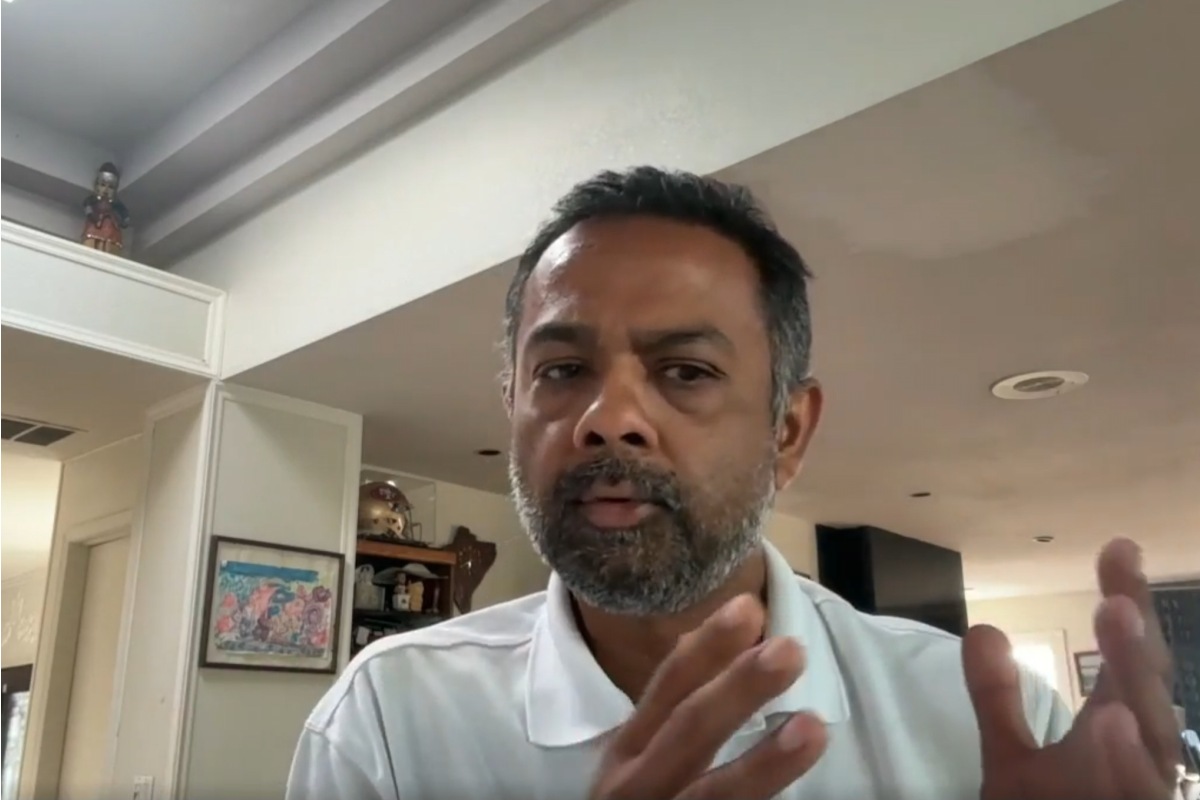 Vishal Verma, General partner of Redwood Collective. / New India Abroad
Vishal Verma, General partner of Redwood Collective. / New India Abroad
Redwood Collective, a venture capital fund headquartered in the United States, is preparing to launch its second fund after initiating fundraising discussions. The first fund, launched in 2022, marked the group’s shift from operating a family office under the Edgewood brand into managing external capital.
General partner Vishal Verma confirmed that Fund II is expected to cover the 2025–2026 investment vintage and continue the Collective’s strategy of investing in diverse, late-stage venture funds with global reach.
In an exclusive interview with New India Abroad, Verma spoke about Redwood Collective’s investment philosophy, the role of AI and sectoral trends, and why India still needs to go beyond its “Silicon Valley of India” aspirations. The interview opened with introductory remarks by Dinesh Sastry, Venture Partner of Redwood Collective. Excerpts:
Q.Can you tell us about the fund proposal?
Dinesh Sastry, Venture Partner, Redwood Collective: Hitesh Chhatrala and Vishal Verma are General Partners. They run the fund. I'm the Venture Partner. Chris Kennedy, the grandson of the Kennedy brothers. He's a Venture Partner, and Venture Advisor is John Chang who used to be treasurer and controller, the state of California, very well known. They're all part of the fund. I'm reaching out to ultra-high net worth individuals and some institutions in India, Asia, and especially in the United States, both Silicon Valley and East Coast, who don't necessarily see these types of Silicon Valley funds. So that's my role. I'm not the investor, but I'm the organizer for the fund capital formation.
Q: So what's the main focus now? Which way do you want to invest — early investors, quick kind of technologies or pharma, IT? In the last three years there have been a couple of global disruptions. What impact is it having on the startup and VC market?
Vishal Verma, General Partner, Redwood Collective: Let me answer the first question. Our investments have been very simple. We invest into US funds, and we're sector agnostic as well as geographically agnostic. As long as the venture funds are investing into different regions, we do not specifically invest in a geographical fund or a sector fund.
From a technology perspective, it's like fashion — it comes and goes. Today everyone is talking about AI. Two years ago, it was cryptocurrency. People were talking about buying digital property next to Snoop Dogg in the Sandbox for $1.2 million. That’s still there, but early-stage investments have shifted.
When I started my career in the late 1990s, people were amazed that you could build a website. Folks who knew how to spell HTML were charging $400 an hour. Today you can make a Wix site for $250 a year. Then came e-commerce — people couldn’t believe you could put your credit card on the internet. Now it’s AI. My joke is simple: everyone who knows how to spell AI is suddenly an expert.
All kidding aside, we’re not looking to invest only in AI funds or solar funds. We invest in funds like Sequoia and Lightspeed that take a vertical approach — from healthcare to AI. AI is a technology overlay, not a sector. It cuts across law, education, healthcare, and more.
We're putting about 60 to 70 percent of our capital — from the family office and Redwood Collective — into later-stage venture funds. These companies already have revenue, product-market fit, and customers. Compared to investing in an idea-stage startup, the risk is much lower.
Yes, valuations are high and multiples lower, but the likelihood of success is better. Unless you're investing in an outlier like Google in Sequoia Fund X, the average venture fund performance — early or late-stage — is around 3–4x over a 10-year horizon. That’s roughly a 30–35 percent IRs annually. But I don’t look at IRs. I care about DPIs — how much capital you actually get back. Three to five times DPI is great.
Now, your second question: disruptions. What specific ones?
Q: General global disruption — wars, healthcare disasters, political upheavals, right?
A: Those are short-term hits — especially for retail investors. Public markets react quickly. Take the recent Iran-Israel flare-up — the market dipped and then bounced back. But in private markets, where we operate on a 3–5 year horizon, these events don’t affect us much.
What's more interesting is the rise in FOMO among large funds. Lightspeed went from a $400 million fund in 2000 to closing a $7.25 billion fund in 2022. They’re likely closing even more soon. General Catalyst closed $8 billion recently.
This capital overflow means fund managers are now pushing into international markets — Brazil, Latin America, and yes, India. But let me give you a more specific view on India.
Q: Can you give us your impression about India and this market?
A: India is an amazing market. We say 1.25 billion people, but I round it up — it's probably 1.5 billion. It’s untapped, or rather, the jury is still out on how vibrant it can be.
I see India the way America looks at Israel. Both countries start with “I” — just kidding — but the real comparison is the innovation model. Israel builds for the world market. That’s the model India should follow. We’ve got the talent — amazing engineers and thinkers — but the domestic market still isn’t mature enough in some areas.
I lived in Bangalore for five years. People kept calling it the "Silicon Valley of India." I disagree. It’s the services capital of India. It'll become the Silicon Valley only when we stop saying “Zomato is the Yelp of India” or “Flipkart is the Amazon of India.” India will arrive when we build original, global-first tech — not copycats. And this is not just India — this happens in Latin America and parts of Europe too.
China is a good example. Look at TikTok — over a billion users globally. It’s competing head-to-head with Silicon Valley. That’s the level India should aim for.
Q: What are the issues when you consider investing in India? What parameters do you look at?
A: I may not be the best person to ask — we’re not currently investing in India. We did, between 2008 and 2018, and to be honest, we were too early.
Now, I truly believe India is entering its decade. The middle class is growing. Consumer demand is surging. Prime Minister Modi’s policies — and this is not a political plug — have truly enabled the innovation economy.
I remember recruiting for a startup in India before Modi. People said, “Why should I work for you? I have an offer from Microsoft or Google.” One guy even told me it’d hurt his marriage prospects. That’s changed now. Everyone wants to work at a startup. That cultural shift is massive.
Q: You also mentioned that India is 10 years behind China. Prime Minister Modi is trying to take India to the next level. What more should the Indian government do to speed up the process?
A: Honestly, the government should stay away. Modi has done a good job promoting innovation and startups, but don’t get too involved. In Silicon Valley post-WWII, the success was talent from Stanford and Berkeley, plus government investment in R&D. India should do the same—spend heavily on university R&D and make it easier to spin off that tech into startups. We need more than one tech hub. Bangalore is saturated. Modi’s Gujarat model—distributing economic development across regions—is smart. States should avoid over-concentration and incentivize companies to build in second-tier cities like Jaipur or Lucknow. We tried setting up a $2.5 billion semiconductor project in Gujarat. It was approved but we never saw the money. Still, it was in a rural area, which is the right direction. When we went to Andhra (now Telangana), they wanted us in Bangalore—not ideal. Tech doesn’t need geography. If you have Wi-Fi, you can build from anywhere.
Q: Do you see competition between China, India, and the U.S., or is the U.S. still the leader in this sector?
A: In terms of innovation, the U.S. still leads. China has done a great job, though. Just look at TikTok, Shein, Temu, Alibaba — these are companies building for a global audience. India’s not there yet. It needs to move beyond building just for the local market.
Q: Anything else you'd like to say?
A: With the current U.S. administration, whether you like it or not, there’s still a perception that it’s business-friendly. You’re going to see a wave of IPOs — Circle just went for a few hundred million, Chime is at $15 billion, Kracken at $2 billion.
There’s finally liquidity returning after a five-year drought. Companies now are going public with better financials — profitable, healthier. And there's massive capital on the sidelines — $1 to $10 trillion, depending on the estimate.
In 2020, $160 billion went into venture. In 2021, $300 billion. It's dipped, but it’s still near $200 billion. That’s huge. Over the next few years, expect major IPOs, big M&A, and a lot of movement in the private markets.
Wiz just exited at $32 billion — one of the largest private company acquisitions ever. The game has changed. Going public used to be about $500 million; now it's multiple billions.
You have an Entropik at $4 billion. You have a Databricks at $4 billion, you have an Open AI at $10 billion. I'm talking about revenue. Now, at the end of the day, liquidity needs to happen. I think we'll see much more and more liquidity that's happening.
ADVERTISEMENT
ADVERTISEMENT
E Paper
Video



1759953093.png) Staff Reporter
Staff Reporter
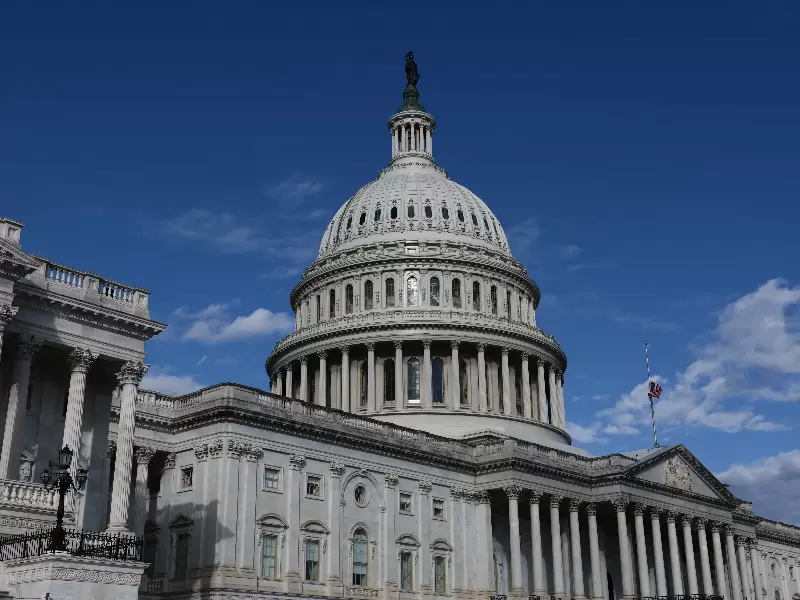
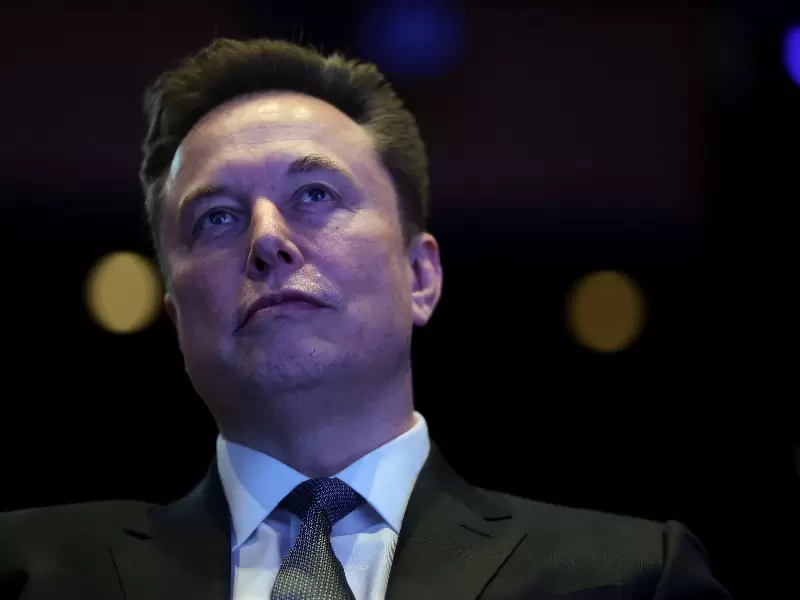
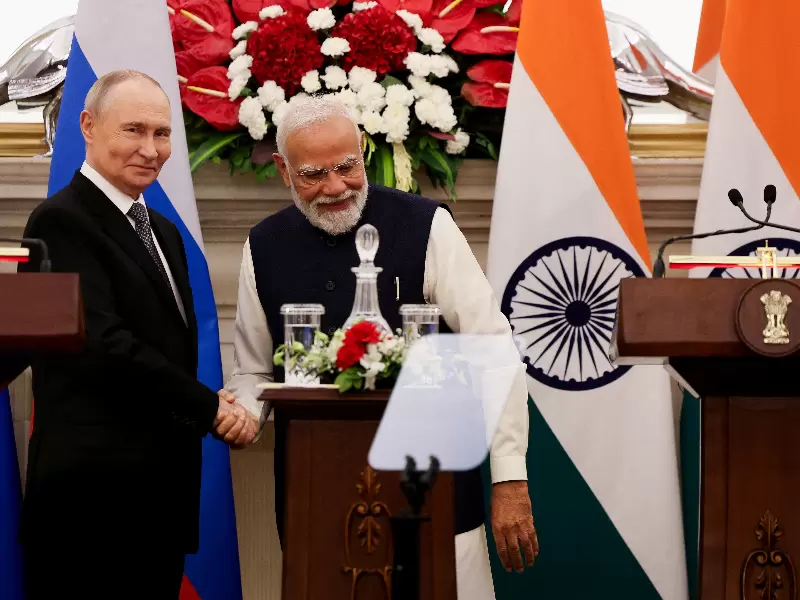

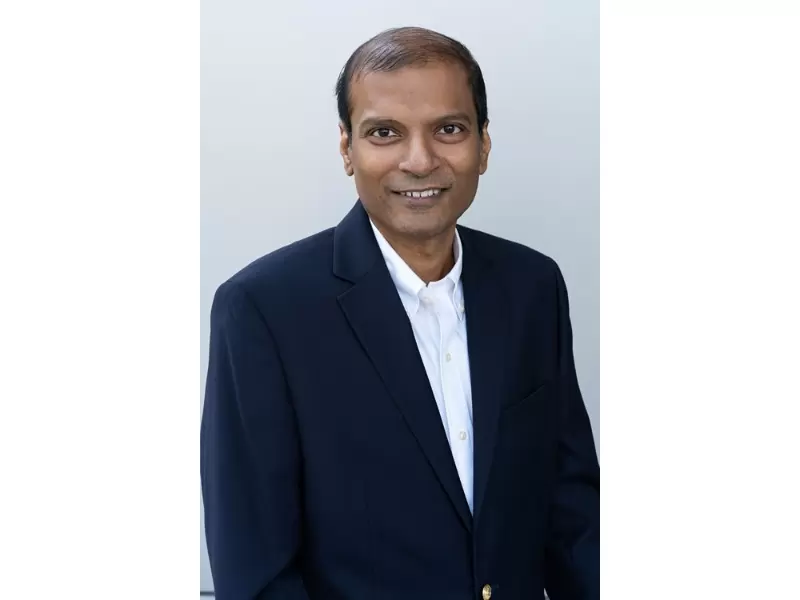



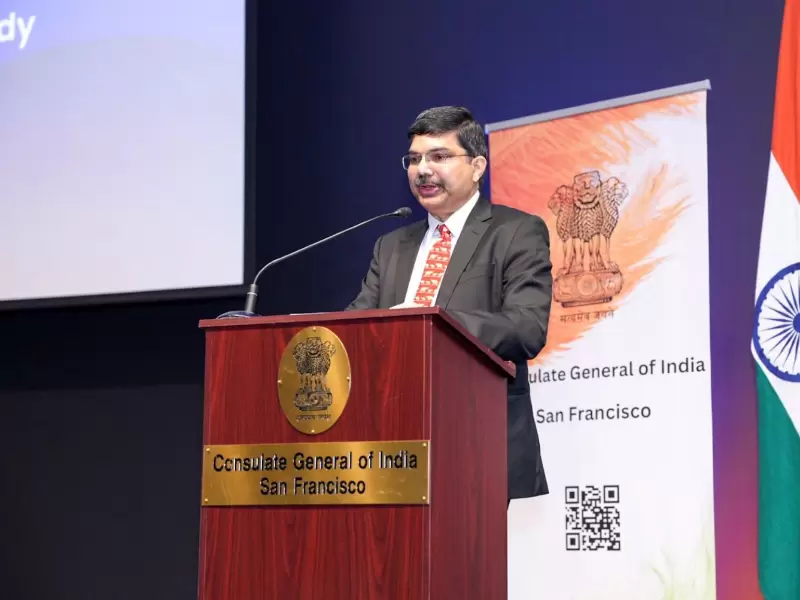



Comments
Start the conversation
Become a member of New India Abroad to start commenting.
Sign Up Now
Already have an account? Login